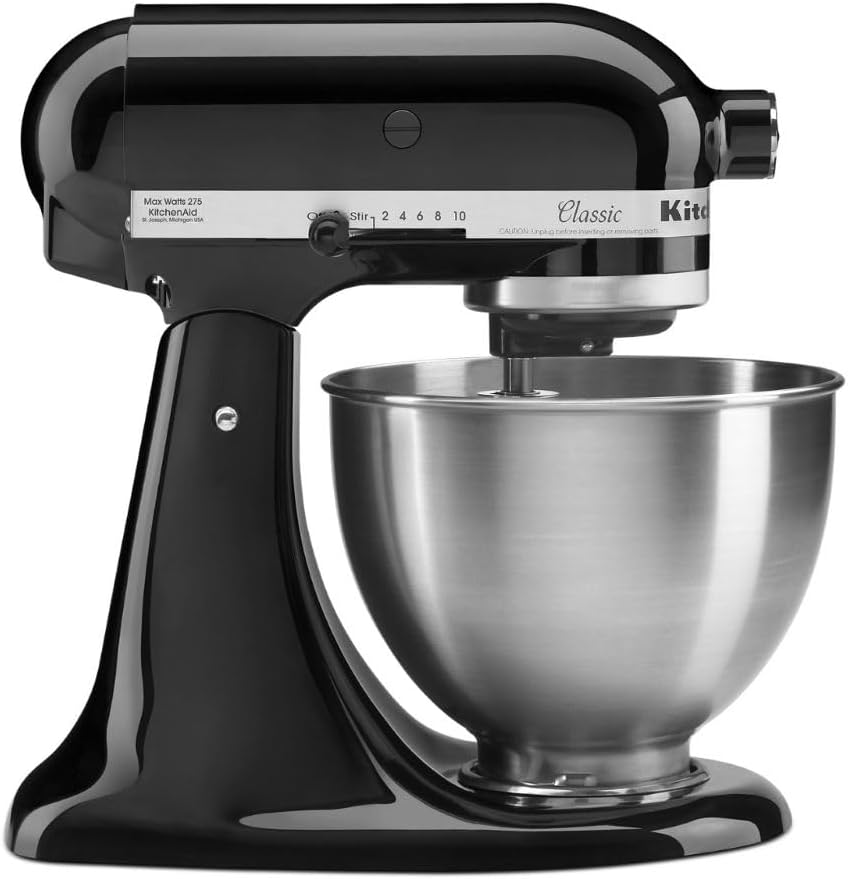United States stocks closed lower on Tuesday, marking a major reversal from a rally that sent the S&P 500 and Nasdaq up more than 4% earlier in the day.
As trading opened, investors appeared to shake off days of worry over President Donald Trump’s tariffs. Hours later, markets resumed their jitters and a selloff ensued.
The Dow Jones Industrial Average closed down 320 points, or 0.8%, while the Nasdaq dropped 2.1%.
The S&P 500 fell 1.5%, putting the index on the brink of a bear market, a term that indicates a 20% drop from a previous peak.
The move lower on Tuesday resumed a selloff that stretches back to Trump’s tariff announcement last week. Since then, the S&P 500 and Nasdaq have each fallen more than 12%.
Mixed performance for markets on Monday offered a temporary reprieve from the market downturn, before a return to widespread losses on Tuesday.
In a social media post minutes before markets opened, Trump said he had held a “great call” with South Korea’s acting president, Han Duck-soo, about the terms of a trade agreement.
“We have the confines and probability of a great DEAL for both countries,” Trump said on Truth Social. “We are likewise dealing with many other countries, all of whom want to make a deal with the United States.”
A standoff between the U.S. and China — the world’s two largest economies — continued on Tuesday, however.

A trader works on the floor at the New York Stock Exchange in New York City, April 7, 2025.
Brendan McDermid/Reuters
White House press secretary Karoline Leavitt confirmed on Tuesday that Trump’s threat of an additional 50% tariff on China will go into effect early Wednesday, bringing the total tariff rate against Beijing to 104%.
Chinese Foreign Ministry spokesperson Lin Jian told reporters earlier in the day that Trump’s latest tariff threat “does not reflect the willingness to have a serious dialogue.”
Asian markets opened in positive territory Tuesday after posting significant losses on Monday, driven by Trump’s global tariffs campaign.
Japan’s Nikkei index closed just over 6% up on Tuesday, recovering some of almost 8% of losses posted on Monday.
South Korea’s KOSPI index rose by 0.3%, Australia’s S&P/ASX 200 grew by 2.2% and India’s NIFTY 50 index climbed almost 2%.
Hong Kong’s Hang Seng index — which on Monday posted its worst day since 1997, losing 13% — rebounded with a 1% rise on Tuesday. Shanghai’s Composite Index grew 1.4%.
European markets also edged into the green after a tumultuous start to the week. The British FTSE 100 picked up 1.3% shortly after opening, Germany’s DAX gained 0.9% and France’s CAC 40 rose 1.3%.

A woman looks at an electronic board showing the Nikkei 225 index on the Tokyo Stock Exchange in Tokyo, Japan, on April 8, 2025.
Kazuhiro Nogi/AFP via Getty Images
Monday’s roller coaster trading saw the Dow post its largest intraday point swing ever — falling more than 1,700 points during its Monday session low, then swinging up 2,595 points from the low.
The Dow dropped 349 points, or 0.91%, while the tech-heavy Nasdaq ticked up 0.1%. The S&P 500 closed down 0.23%. Its 8.5% high/low spread has only happened 20 other times since 1962, according to S&P Global.
The S&P 500 briefly entered bear market territory during the session but was last off nearly 18% from its recent high.
ABC News’ Joe Simonetti and Alexandra Hutzler contributed to this report.










